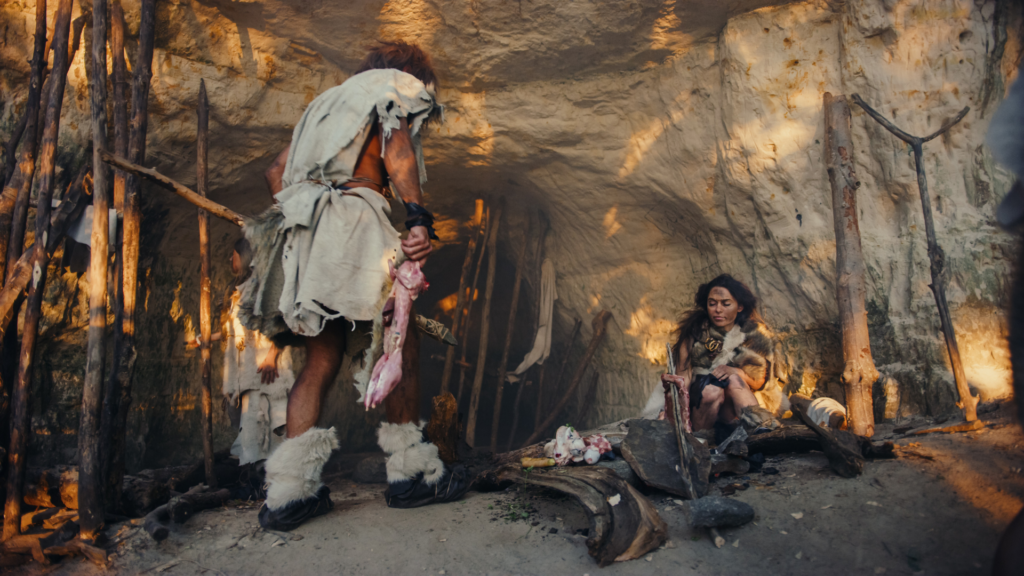From the moment we are born, we are curious about our origins. Who were our ancestors? Where did they come from? How have we evolved?
The story of Homo sapiens is a fascinating one that spans millions of years and takes us on an incredible journey through different continents, climates, and cultures.
Join us as we explore the evolution of humanity, tracing our ancestral origins back to the dawn of civilization. Get ready to be amazed by the incredible feats of our predecessors and discover how far we’ve come as a species!
What is Homo Sapiens?
Homo sapiens is the species of human responsible for the development and proliferation of culture. Homo sapiens emerged about 200,000 years ago in Africa and began to spread around the planet about 50,000 years ago. Homo sapiens is a highly diverse species with many physical characteristics and abilities.
Some scientists believe that Homo sapiens may have evolved from earlier hominins such as Australopithecus afarensis or Paranthropus robustus. The debate over the origins of Homo sapiens is still ongoing, but there is ample evidence to support the theory that our species has undergone significant evolution over the course of its existence.
The Timeline of Human Evolution
The human evolutionary timeline spans over two and a half million years, beginning with our earliest ancestors and ending with the present day. During this time, humans have undergone many changes, both physical and behavioral.
Our early ancestors were primitive creatures that resembled apes more than humans. Gradually, however, they evolved into what we are today – creatures with sophisticated brains and societies. The following is a timeline of human evolution:
2.5 million years ago
The first humans evolved from ape-like creatures. They looked similar to primates but had simpler brains and were not as smart as modern humans.
1.8 million years ago
Early humans developed stone tools and started living in tribes. They began to migrate across the continents and develop new cultures.
1 million years ago
Humans adapted physically to life on the plains, developing larger bodies and stronger limbs to support their lifestyle. They also began to create art and bury their dead, marking the beginning of culture.
500,000 years ago
Humans started living in villages and forming complex social systems. They began trading goods with each other and developing religions.
100,000 years ago
Humans began using fire to cook food and build shelters. This made them more efficient in their lifestyles and allowed them to expand into new territories.
50,000 years ago
Humans developed agriculture – a process of tilling soil to grow crops – which allowed them to increase their population and create civilizations.
10,000 years ago
Humans began to build large structures – such as pyramids and temples – and develop complex societies. They also started trading with other cultures around the world.
The Physical Evolution of Homo Sapiens
The physical evolution of Homo sapiens can be traced back to the early stages of our species’ development. Our forefathers were probably quite physically different than they are today, resembling more closely their ape-like ancestors.
Over time, however, human beings have undergone a range of physical changes that have led to the appearance we see today. One of the most significant changes has been our height and weight.
Humans are now, on average taller and heavier than any other animal on Earth. This increase in stature is partly because humans can consume more food than any other creature. Our bodies also became much stronger due to our increased size and strength.
Another important physical change has been our skin color. Humans now come in a wide range of colors, thanks largely to the fact that we can develop pigment in response to sunlight exposure.
Darker skin tones are generally found in countries with more sunlight, while lighter skin tones are common in countries that experience less sun exposure. Human beings have evolved into a species that is capable of complex thought and behavior.
We are able to use tools and weapons, make art, and write poetry, among many other things. All because of the physical changes we have undergone over the course of our history.
The Future of Homo Sapiens
The future of Homo sapiens is still up for debate, but one thing is certain-we will have to figure out how to live longer and healthier lives if we want to keep up with the evolution of our species.
Our ancestors only lived to about 35 years old on average, but recent advances in medicine and technology have allowed us to extend that lifespan by several years.
There are a number of ways that we can improve our health and extend our life spans, but the most important thing that we can do is make sure that we are eating a balanced diet and getting regular exercise. We must also be careful about what chemicals and pollutants we’re exposed to, as these can damage our bodies over time.
We may not be able to stop the natural progression of human aging, but by taking care of ourselves, we can make sure that we stay healthy and active for as long as possible.
Understanding Human Evolution to Better Plan for the Future
Homo sapiens has had a long and eventful evolution, which has seen us grow from hunter-gatherers to the dominant species on the planet. In tracing our ancestral origins, we have discovered that we share a lot of commonalities with other species on the planet, both in terms of our evolutionary history and physical characteristics. By understanding where we come from and how we evolved, we can better understand who we are today as Homo sapiens.

